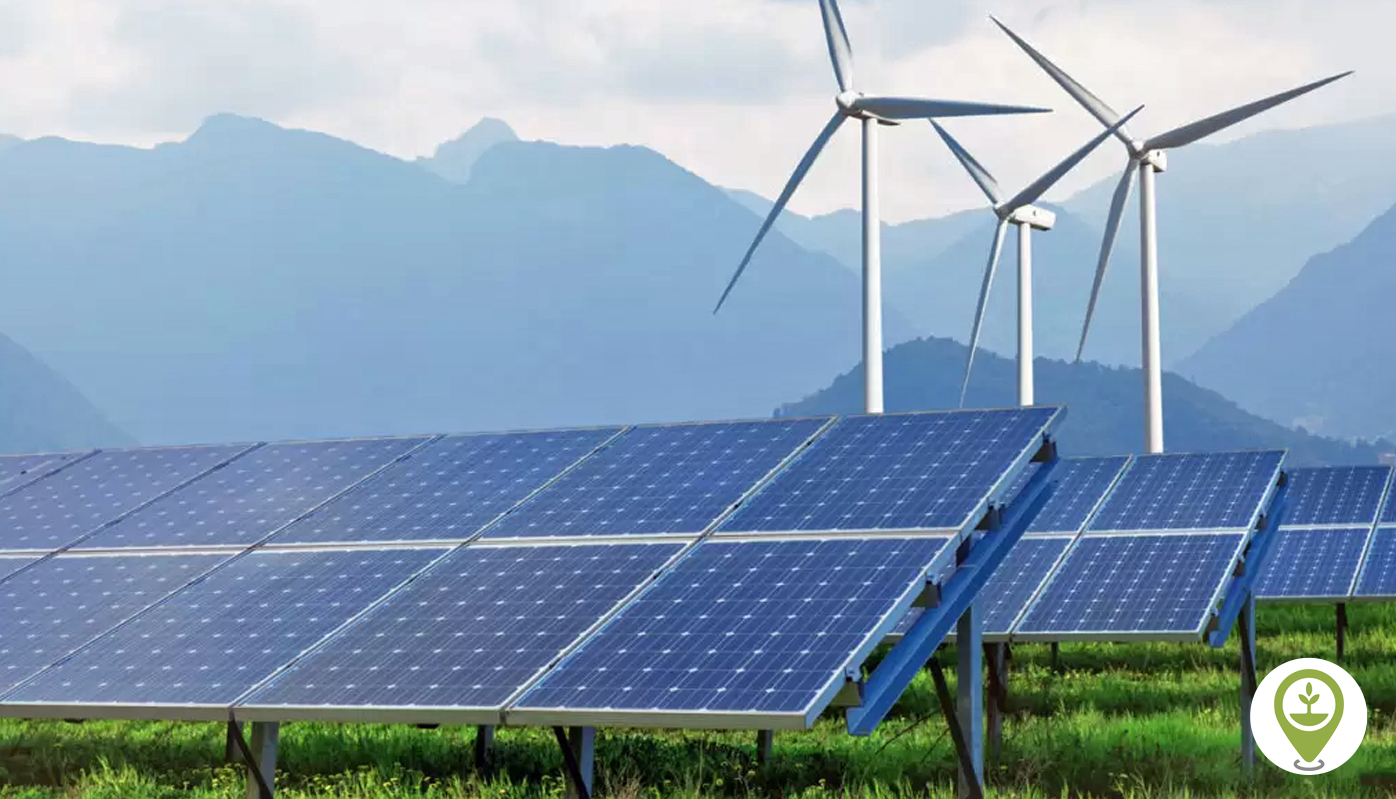
Unlocking the Potential of Affordable Solar Power
Affordable solar power is revolutionizing the energy landscape, making sustainable solutions accessible to a broader audience. In this article, we explore the key elements that contribute to the affordability of solar power, enabling individuals and businesses to embrace clean energy without breaking the bank.
Declining Costs of Solar Technology
One of the primary drivers behind affordable solar power is the continuous decline in the costs of solar technology. Over the years, advancements in manufacturing processes, increased competition, and economies of scale have collectively led to a significant reduction in the prices of solar panels. This trend allows more people to invest in solar energy solutions without a prohibitive upfront cost.
Government Incentives and Subsidies
Governments around the world recognize the environmental benefits of solar power and have implemented various incentives and subsidies to promote its adoption. These incentives can take the form of tax credits, grants, or rebates, significantly offsetting the initial investment for individuals and businesses. By leveraging these financial incentives, the overall cost of adopting solar power becomes more manageable.
Financing Options for Solar Installations
Affordable solar power is further facilitated by the availability of diverse financing options. Solar loans, leases, and power purchase agreements (PPAs) offer individuals flexibility in how they choose to finance their solar installations. These financing mechanisms allow homeowners and businesses to spread the cost over time, making solar power a viable option without a substantial upfront payment.
Community Solar Initiatives
Community solar initiatives are playing a crucial role in making solar power affordable for those who may not have suitable rooftops or the financial means to install individual solar systems. In community solar projects, participants collectively invest in a shared solar installation, reaping the benefits of clean energy while dividing the costs. This approach democratises access to solar power, fostering inclusivity.
Advances in Energy Storage Solutions
Affordable solar power is not limited to electricity generation; it also involves effective energy storage solutions. The development of cost-effective and efficient energy storage technologies, such as batteries, enables users to store excess energy generated during peak sunlight hours for later use. This enhances the overall value proposition of solar power systems, providing a continuous and reliable energy supply.
Competitive Solar Market and Installer Rates
The competitive nature of the solar market contributes to affordable solar power. With numerous solar installation companies vying for business, consumers benefit from competitive pricing and favorable installer rates. This competition fosters an environment where consumers can shop around for the best deals, ensuring that affordable solar power is within reach for those considering a solar investment.
Scalability and Modular Design
The scalability and modular design of solar power systems also contribute to affordability. Homeowners and businesses can start with a smaller installation and gradually expand as their energy needs grow or budget allows. This flexibility enables individuals to tailor their solar investments to align with their immediate requirements, creating a pathway for gradual adoption.
Education and Awareness
Education and awareness play a pivotal role in making affordable solar power a reality. As more people understand the long-term benefits, cost savings, and environmental advantages of solar energy, the demand increases. This growing demand, coupled with increased public awareness, stimulates further innovation, competition, and economies of scale, ultimately driving down costs.
Technological Innovations and Efficiency Gains
Continuous technological innovations and efficiency gains in solar technology contribute significantly to affordability. Advances such as high-efficiency solar panels and improved manufacturing processes enhance the overall performance of solar systems. As the efficiency of solar panels increases, less space and fewer panels are required to generate the same amount of energy, further reducing costs.
Environmental and Economic Benefits
Lastly, the environmental and economic benefits of adopting affordable solar power create a compelling case for its widespread use. Beyond the financial savings, individuals and businesses contribute to a cleaner environment by reducing dependence on conventional energy sources. The long-term economic viability of solar power aligns with a sustainable and resilient energy future.
In conclusion, affordable solar power is a multifaceted achievement driven by technological advancements, financial incentives, and a growing awareness of the importance of sustainable energy. As the world embraces cleaner and more cost-effective alternatives, the pathway to affordable solar power becomes increasingly accessible. To learn more about the possibilities of affordable solar power, visit Affordable solar power and discover how you can harness sustainable energy without compromising your budget.


